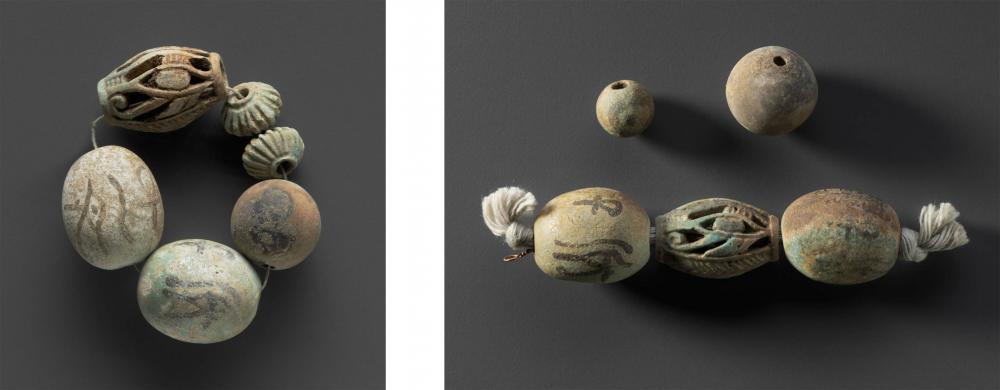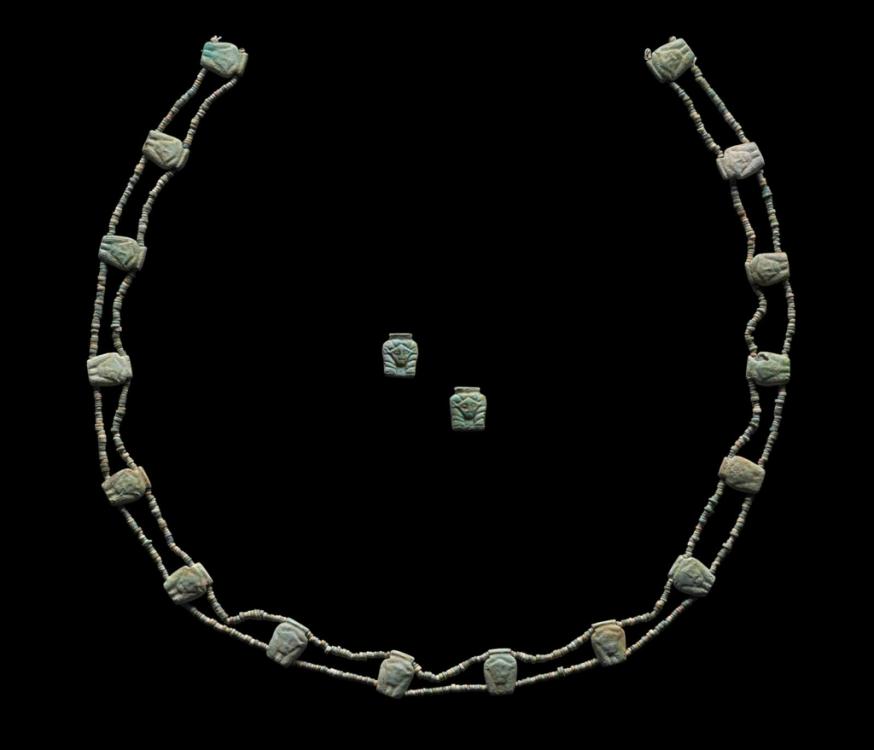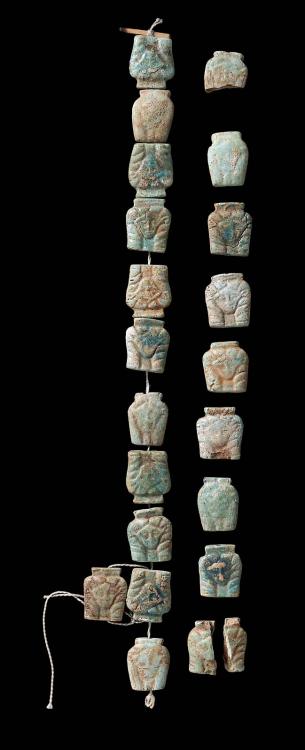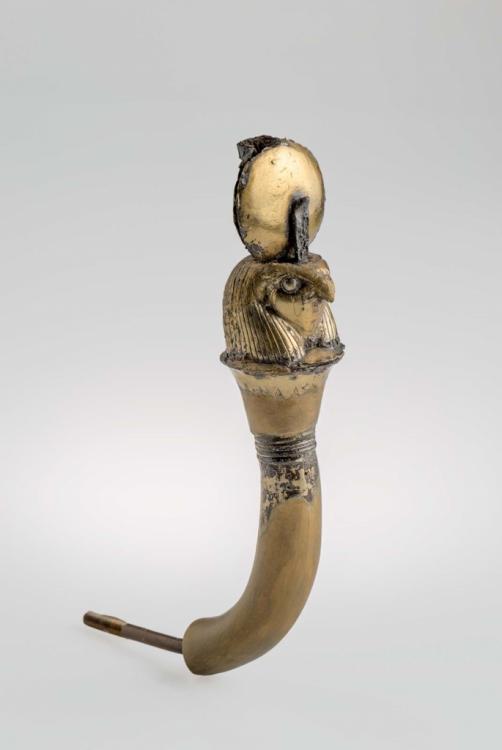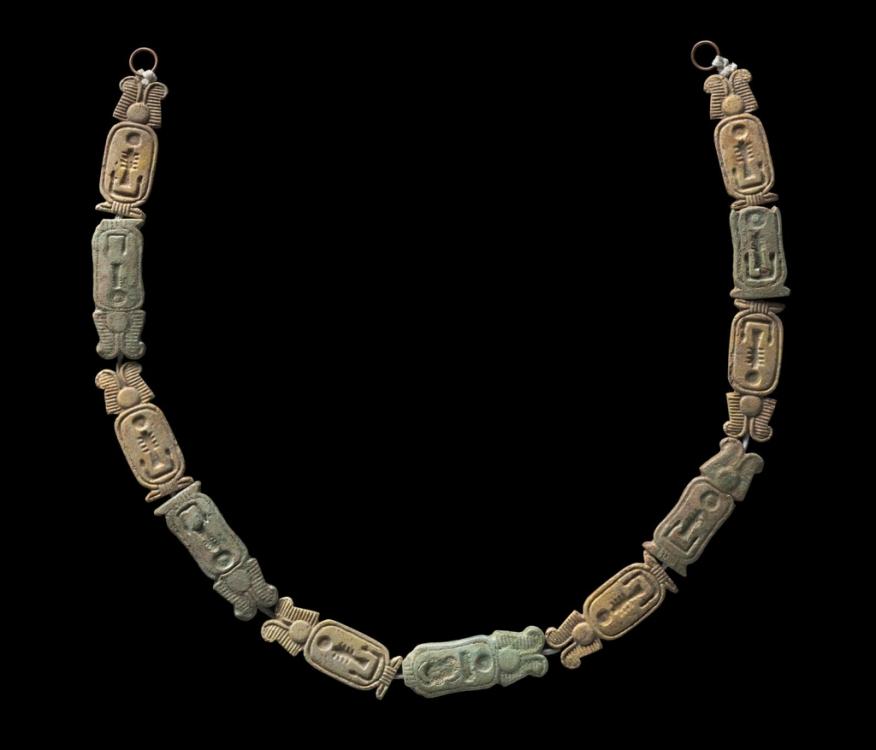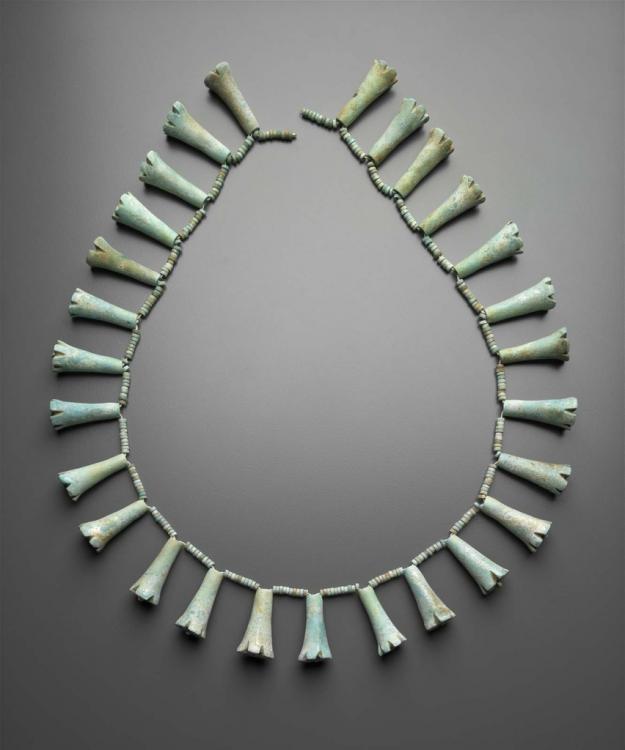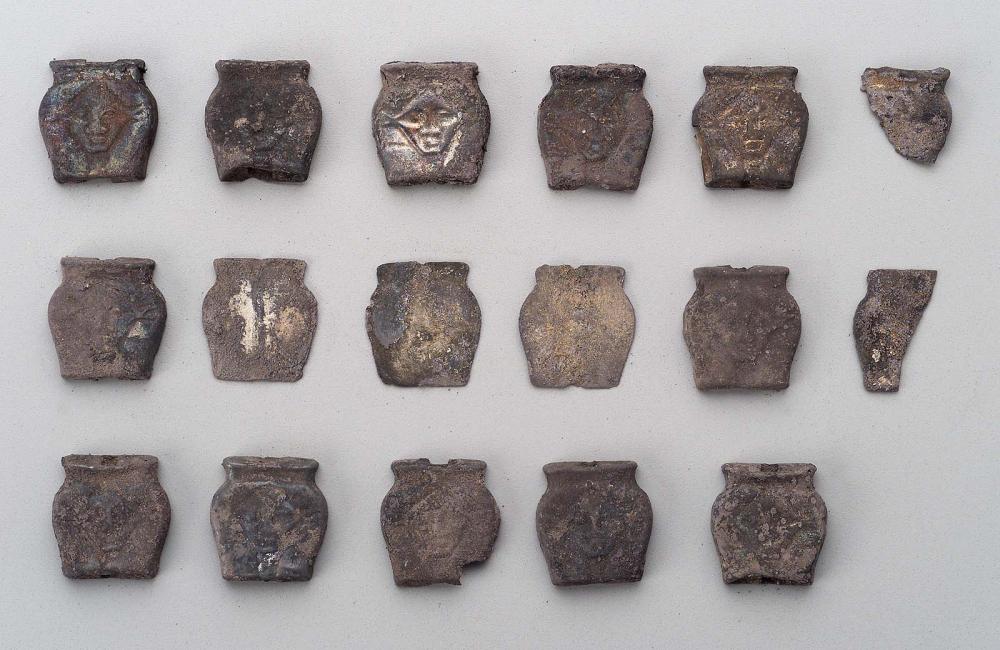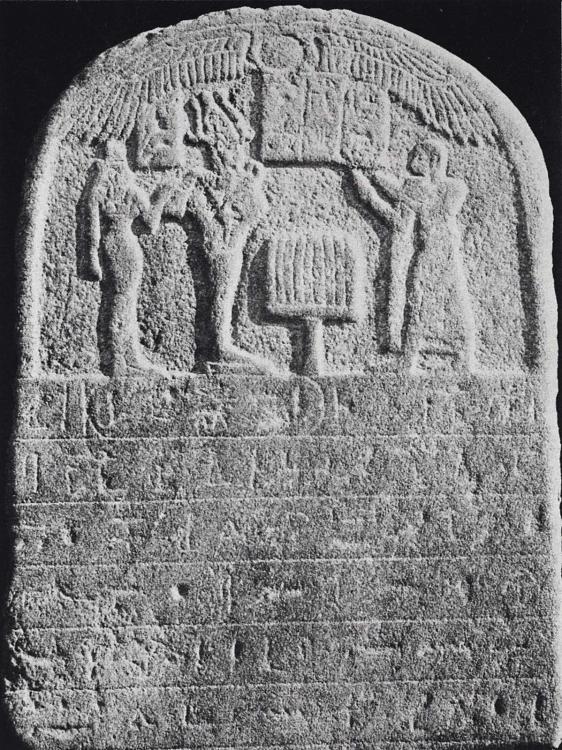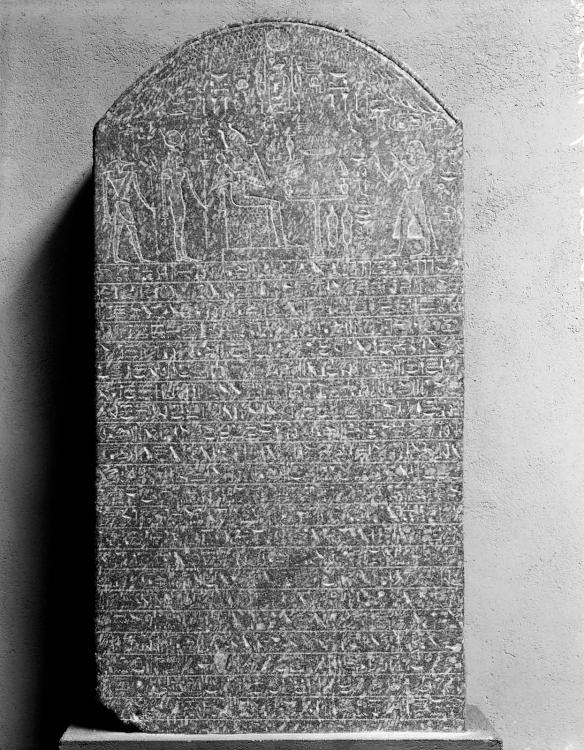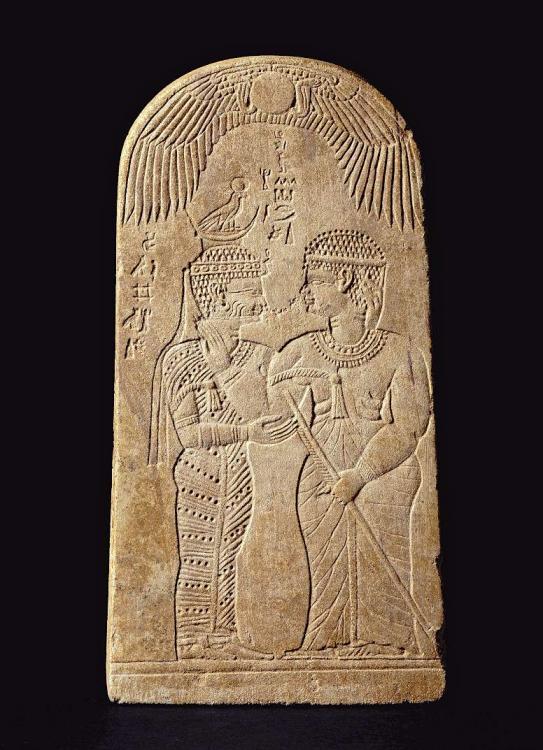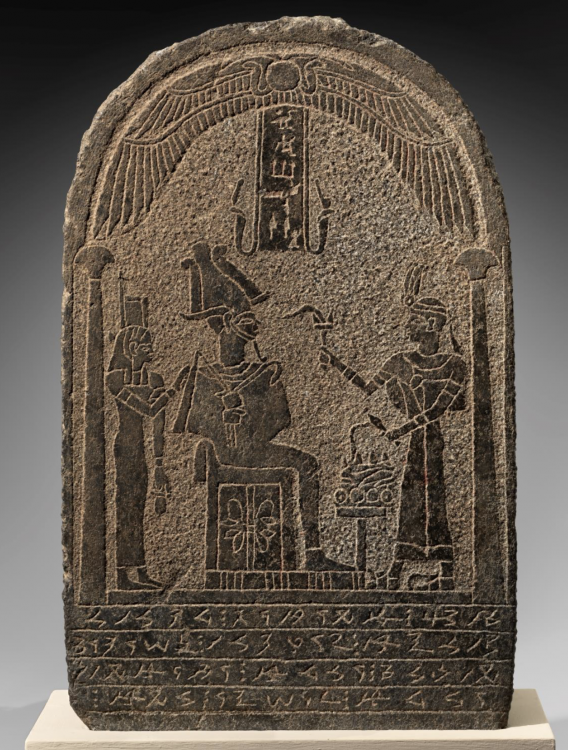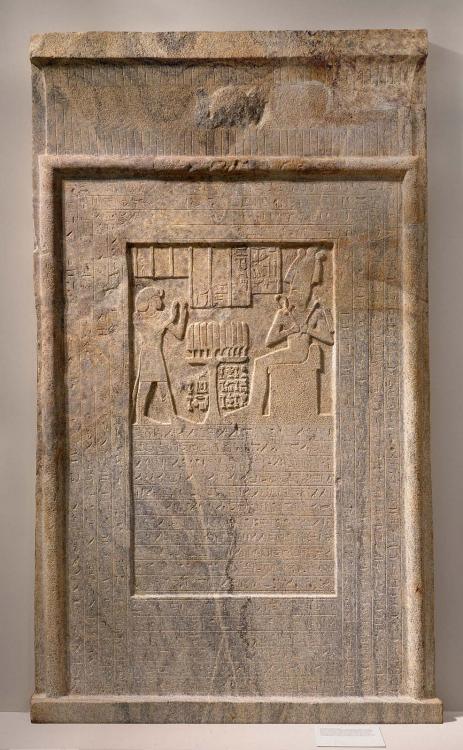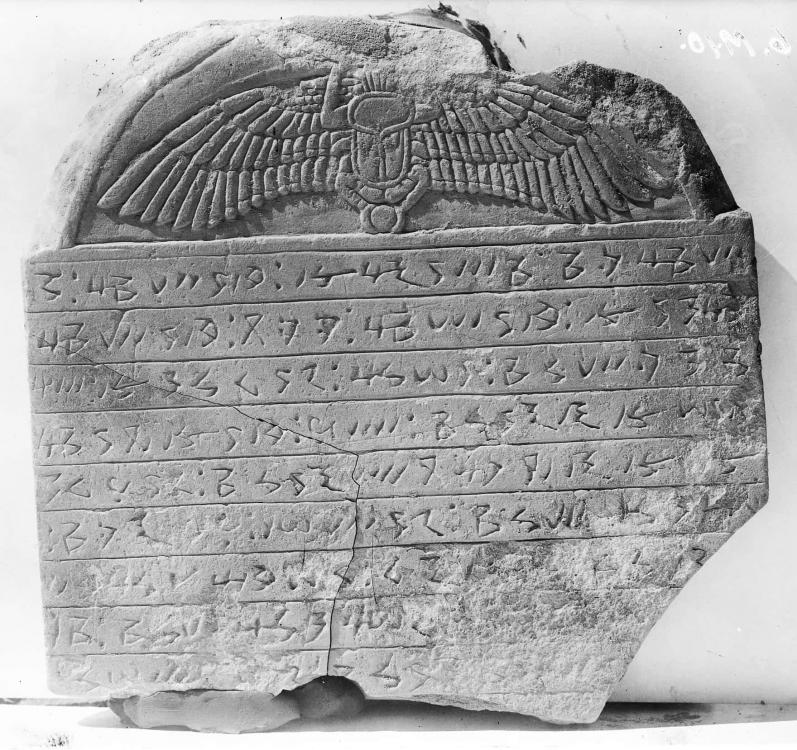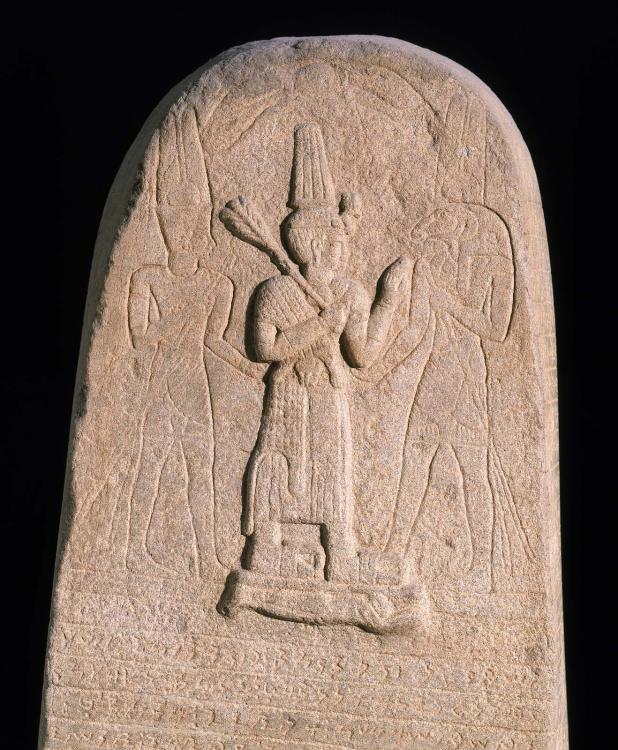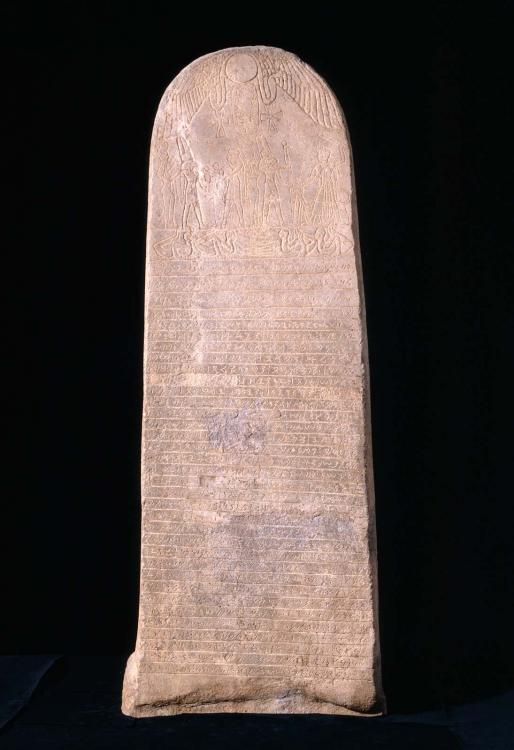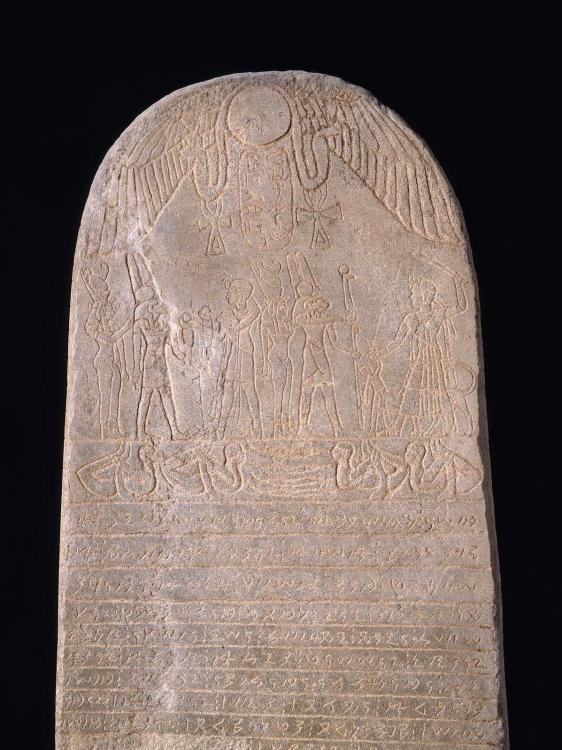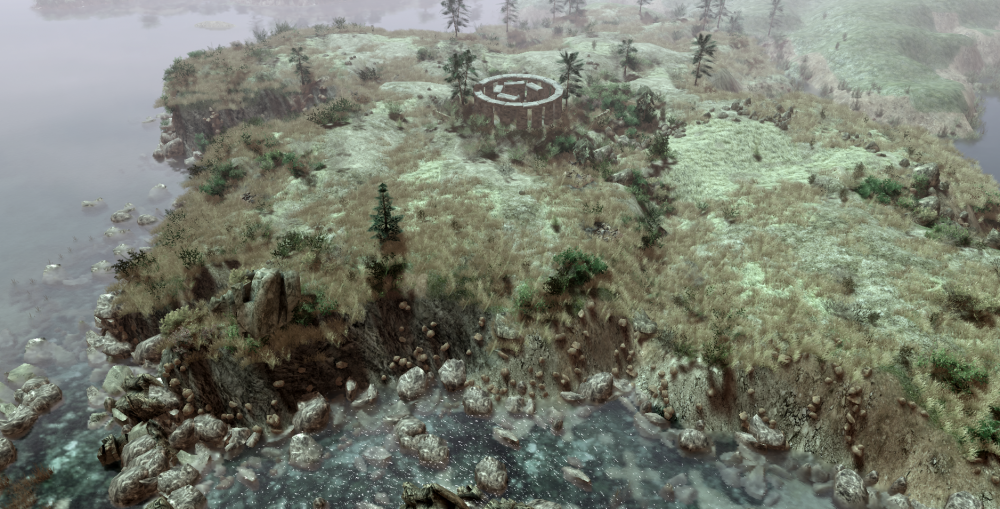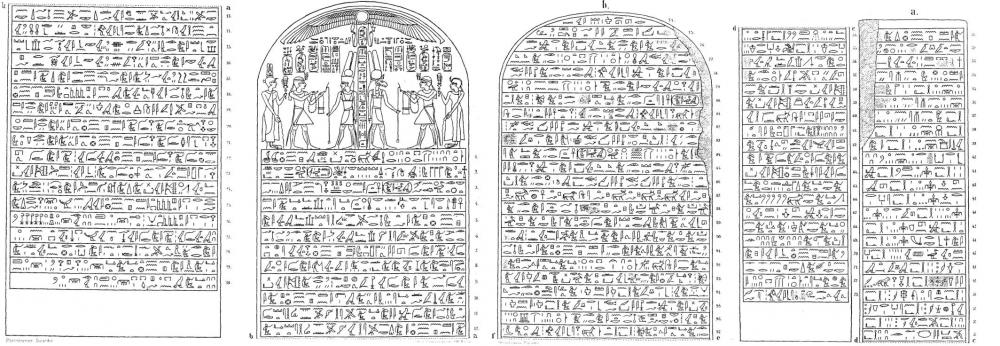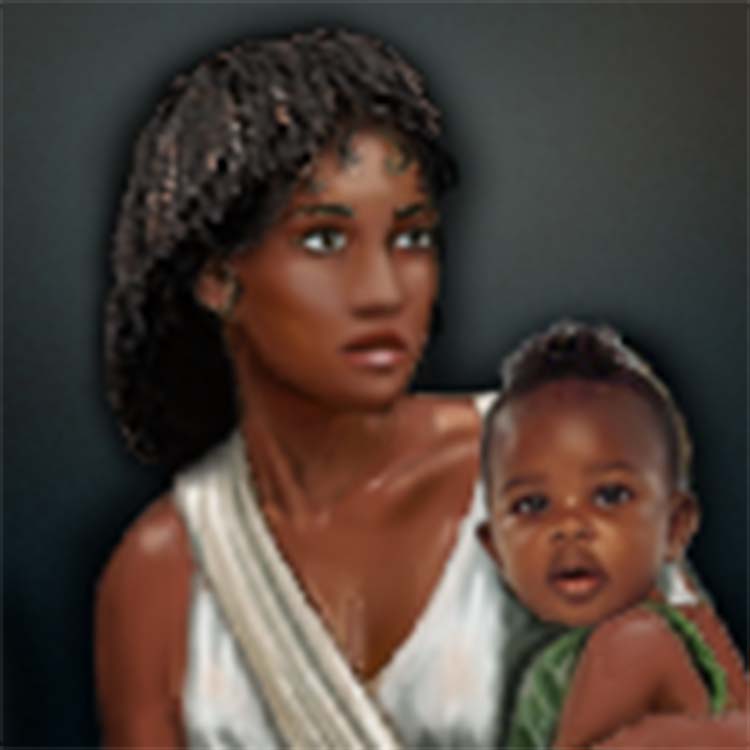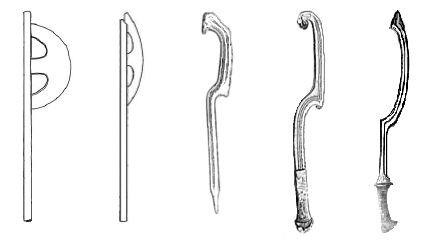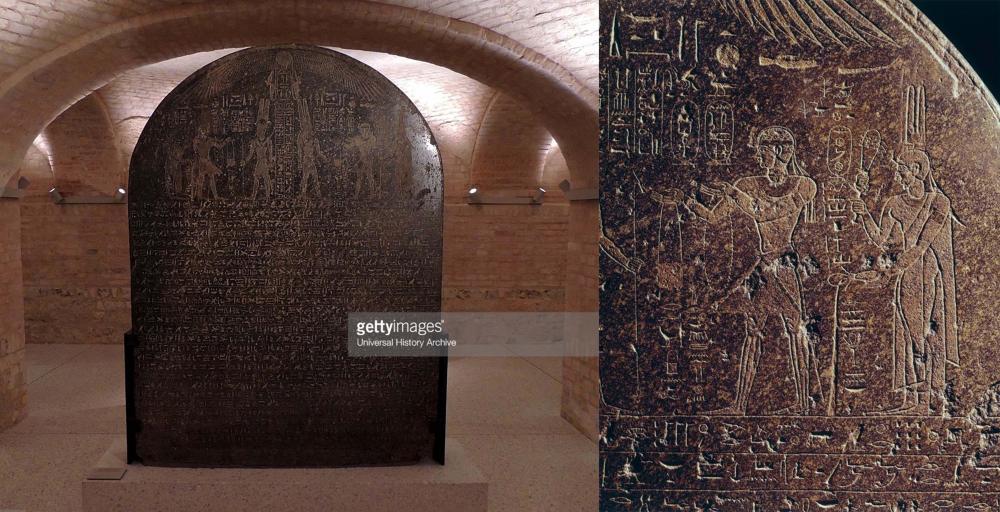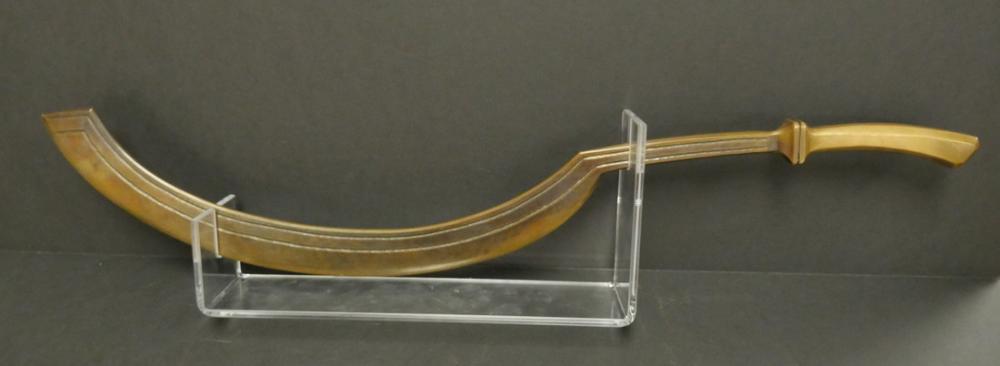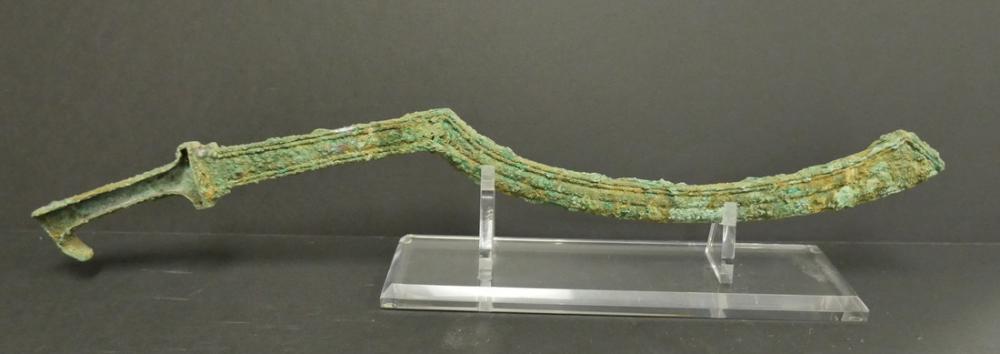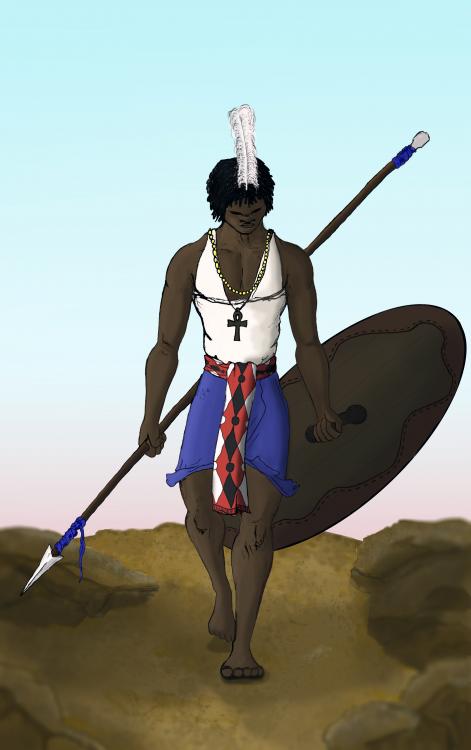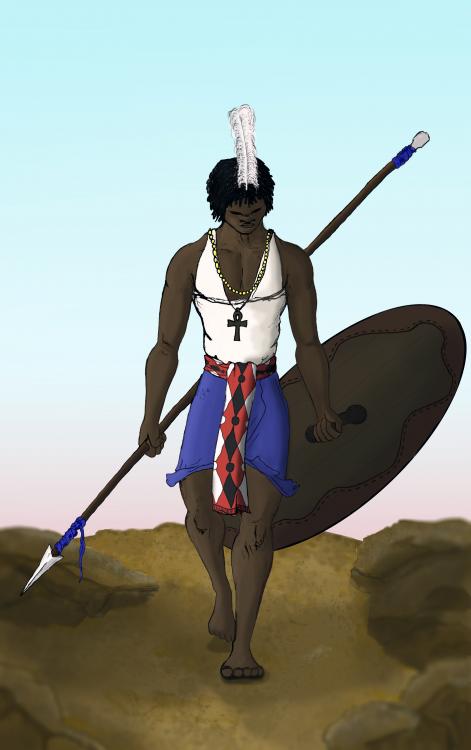-
Posts
2.332 -
Joined
-
Last visited
-
Days Won
60
Everything posted by Sundiata
-
I'm not an expert on the Xiognu, but I'm pretty sure Lion's references on shamans is entirely spot on! It's the oldest form of spiritualism, pre-dating Buddhism, practiced by Xiognu, Mongols, Huns and Turkic people alike. This is a nice visual source on Xiognu, from "a special exhibit about the ancient Xiongnu people held at Henan Provincial Museum in Zhengzhou in April and May, 2012": https://www.flickr.com/photos/101561334@N08/albums/72157636669830915/page1 Special Exhibit: Xiongnu, Henan Provincial Museum, Zhengzhou: Yes, I know, it looks similar to Native American attire... This is simply explained by the Siberian origin of many of the first settlers of North America. Their spiritual beliefs were born out of the same substrate. Anyway, we can be pretty sure those references are what "priests" really looked like, and what the shamans of their Mongol descendants still look like today! And some more really nice paintings of the Xiognu: Also remember that these Xiognu lived in close proximity to, sedentary populations, which they often dominated, including the (northern) Chinese, and Silk Road cities. These urban populations would have provided the Xiognu with some of their equipment, and influenced them culturally and materially.
-
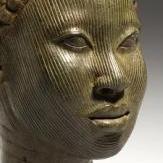
The Kingdom of Kush: A proper introduction [Illustrated]
Sundiata replied to Sundiata's topic in Official tasks
@Tiber7 Imagine a young and inexperienced Roman soldier, caught out of formation, in complete panic over the furious horde of frenzied Kushites storming his position... He just lost his nerve and forgot training- 1.040 replies
-
- civ profile
- history
- (and 5 more)
-

The Kingdom of Kush: A proper introduction [Illustrated]
Sundiata replied to Sundiata's topic in Official tasks
@LordGood One annoying remark I have is that the Roman soldiers look pre-Marian reforms, and this scene takes place between 24BC and 27BC -ish...- 1.040 replies
-
- civ profile
- history
- (and 5 more)
-

The Kingdom of Kush: A proper introduction [Illustrated]
Sundiata replied to Sundiata's topic in Official tasks
@LordGood I'm speechless... Looks amazing as it is, please do finish it though History is being made here people! This is the first painting to depict a battle, up close, between the Romans and Kushites, to have ever been published to my knowledge! History is being made here!- 1.040 replies
-
- civ profile
- history
- (and 5 more)
-

The Kingdom of Kush: A proper introduction [Illustrated]
Sundiata replied to Sundiata's topic in Official tasks
The Alabastron of Kush Alabastron are a type of luxery pottery, common in the ancient world, which were originally developed in Egypt. They generally have a flat rimmed top, thin neck and a long, rounded bottom. They were often used to hold oils and perfumes. The Alabastron of ancient Egypt (and Kush) are made from a specific type of Alabaster (hence the name), a soft mineral rock, which can be shaped to be as thin as an eggshell. They are basically some of the finest types of ancient pottery. It seems that most of the Alabaster used for the production of these vessels found in Kush, throughout the Napatan and Meroitic period, originate from Egypt. This type of rock is only thought to be found there. The vessels may have been already shaped in Egypt, before export, only for the Kushites to apply the finishing touches. They added cartouches, other inscriptions and carvings, and golden, silver and bronze decorations to the rims of some of these vessels, using typically Kushite metallurgy techniques. I first came across a significant collection of the alabastron from Kush, reading through a pdf discussing the composition, and origin of the material used in the production of the examples from King Aspelta's tomb. It also discusses some of the international contacts of the Kushites in the ancient world, and can be read here: http://www.gizapyramids.org/static/pdf library/bmfa_pdfs/jmfa06_1994_14to40.pdf The Alabastron of Kush:- 1.040 replies
-
- 1
-

-
- civ profile
- history
- (and 5 more)
-

===[TASK]=== Crowd Sourced - Thracians (Faction)
Sundiata replied to Cleo's topic in Game Modification
This guy actually used 0AD music, as the soundtrack for his airial shots of the ruins of Kabyle, one of Thrace's most important cities. Although I don't know what time-period these ruins date from. -

The Kingdom of Kush: A proper introduction [Illustrated]
Sundiata replied to Sundiata's topic in Official tasks
The Kingdom of Kush: The Roman bronze lamps and silver goblet From the pyramids of Meroe, I present 4 Roman bronze oil lamps, in exquisite state. Bronze oil lamps of Meroitic manufacture are also known, but are distinct from these imported Roman examples. These lamps are from at least three different tombs. Interestingly, a large number of other Roman lamps from around the empire are shaped in the form of stereotyped African heads. One of the most intriguing Roman objects from yet another pyramid at Meroe, is the silver Roman goblet, probably depicting Emperor Augustus in a judgement scene. Quite possibly one of the items looted from Aswan, Philae or Elephantine, in the war with Rome, or a later more peaceful acquisition through the exchange of royal gifts, between the two states. The amount and quality of items from ancient Kush, of both magnificent local manufacture, as well as high quality, foreign luxury imports, keeps astounding me. The level of artisanry reached by the craftsmen of the Royal workshops, their architectural wonders and their often intense interactions which other major powers of classical antiquity, and their continued ability to resist foreign invaders and maintain their territorial and political integrity for such a long time, completely reshaped my understanding of Sudanese history. These people didn't live on the fringes of the known world, Meroe was an international metropolis in it's own right. They didn't just imitate ancient Egypt, they inherited it, and adapted it through the ages. For more than 1350 years after the collapse of the New Kingdom, The Kings of Kush were crowned as the beloved sons of Amen-Re, Kings of Upper and Lower Egypt. If only in name, they definitely tried their best to live up to the reputation of Pharaohs of the Two Lands. These items are all from the mfa, Boston collection. The lamps: http://www.mfa.org/search?search_api_views_fulltext=nubia+lamp The goblet: http://www.mfa.org/collections/object/goblet-with-relief-decoration-145865- 1.040 replies
-
- civ profile
- history
- (and 5 more)
-

The Kingdom of Kush: A proper introduction [Illustrated]
Sundiata replied to Sundiata's topic in Official tasks
The Horse trappings of Kush I will present some of the often cited horse trappings from the horse graves of the pyramids at El Kurru, and a set of bridle rings from Meroe. They are remarkably intact examples of horse-decorations and clearly illustrate the ostentatious nature of Kushite Kingship and cavalry traditions. The materials used in their production is bronze, silver faience and cowry shells. Many of these pieces were found around the necks of the buried horses, and in combination with the earlier posted silver and bronze horse trappings, and bells, would have been majestic spectacles of wealth. These images were sourced from the gift that keeps on giving, the Museum of Fine Arts in Boston: http://www.mfa.org/search?search_api_views_fulltext=nubia+horse- 1.040 replies
-
- civ profile
- history
- (and 5 more)
-

===[TASK]=== Crowd Sourced - Thracians (Faction)
Sundiata replied to Cleo's topic in Game Modification
I think the Greek looking, rectangular public structures from Seuthopolis, yes, and round rural buildings perhaps, but only wooden shingles, I think. Thatch would be more common in rural setting. -
And maybe you should showcase your models in a context, a simple environment, and play with light settings to really show them off a bit...
-
@stanislas69 I think the model looks just like a building that would have stood in the Thracian Seuthopolis. You did a great job! As with everything in 0AD, the job is never done... You've definitely improved a lot, from what I've seen. I'm no expert, but I think textures are pretty hard, even for the most experienced artists. I think the texture on your tower looks really good by the way!
-

Yet another random map generator
Sundiata replied to Pyrophorus's topic in Scenario Design/Map making
Obviously pathfinding and graphics are both very important. Working on either doesn't exclude the other. Especially if certain techniques in one field can benefit the other. Those in the graphics department need to do the best they can, and those in the pathfinding/coding department just the same. I think they're both absolute priorities for 0AD. -

Yet another random map generator
Sundiata replied to Pyrophorus's topic in Scenario Design/Map making
Level of Detail is a must have, in my opinion. Isn't that the only way of showcasing all that beautiful details of the models, when zooming in, without crashing the computer when zooming out? -

Yet another random map generator
Sundiata replied to Pyrophorus's topic in Scenario Design/Map making
Yes, the second point is how do we get passed those performance issues? Other games have created massive scale, natural and realistic maps before, why can't 0AD create playable maps like that, without sacrificing beauty? 0AD has become a platform to create naturalistic art! It just needs to become playable, for the game to reach it's true potential. I remember the guy who created that map saying something like being able to reach 50 pop or something on that map before lagging out, so many years ago... I believe we could do better today. -

The Kingdom of Kush: A proper introduction [Illustrated]
Sundiata replied to Sundiata's topic in Official tasks
The Stelae of Kush In this post I'll provide images of some of the many stelae of Kush, found outside temples, palaces and tombs. In the Napatan period, they were written in Hieroglyphic script, and in the Meroitic period they were written in the unintelligible Meroitic script. Full of religious invocations and symbology, they often also leave behind a record of the person that commissioned them, the specific amounts and types of offerings to temples they made, military campaigns, building works and even their genealogy. These stelae will be an important prop, that needs to be modelled for the game. They will flank the doorways of temples, the CC and wonder. Anyone up for that? They're round topped, rectangular stealae, varying in height from about 30 cm, to 2,5 meters! I think for the game, a 1,5m tall stela, slightly shorter than a doorway, will do. The meroitic script will be too small to see in game (represented by some faint lines perhaps), but one important element needs to be seen, which is a semi circular winged solar disk, flanked by uraei, at the rounded top of the stela. Most of these examples feature these wings of Horus, solar disk, and cobras hanging from the disk. It is called Behedeti. The stelae of Kush:- 1.040 replies
-
- civ profile
- history
- (and 5 more)
-

Yet another random map generator
Sundiata replied to Pyrophorus's topic in Scenario Design/Map making
Yes, realistic and good looking maps for the win! Naturalism adds so much to the immersion felt by by players, which is something that should be a top priority, aside from the incessant balancing discussions. I always wondered if it isn't possible to have well balanced, and relatively flat area's, for the beginning CC's, so everybody gets a fair chance to start, but wildly varying, extremely natural hinterlands? And these two elements should integrate seamlessly, I'm talking realistic glowing hills, valleys, mountains, thick forests, open meadows, little streams, swamps and scorched areas, plateaus and depressions... No recurring patterns of any sort, and meticulously painted (overlapping) ground-textures. Quite a number of impressive maps have been made by individuals over the years, and the best of those should be used as a benchmark for the rest of the maps. A total overhaul, focusing on natural terrain elevations and ground-textures would do magic for 0AD. Some of the big immersion killers in my opinion, are the stretching of textures on hills and cliffs, and unnaturally shaped, inaccessible flat topped hills, a lack of more grasses and bushes, and not enough diversity in ground textures in some maps, monotonous patterns of forests. Not enough detail on the shorelines and vegetation around shorelines, and mines should really be integrated in rocky formations, not just plumped right next to your CC. I think it's completely out of context and awkward looking. I believe the secret to beauty lies in the details. I believe the 0AD community should be focussing more on updating the aesthetics of the game, to make it more attractive. Don't get me wrong, the game looks amazing already, and people have done an amazing job so far, in so many fields, it's just that it could look even better with some very doable visual adjustments, especially in regard to realistic looking, natural maps. Sorry, for my ramblings... But could anyone point me to the best tutorials on making maps for 0AD, and tell me what are the important pitfalls to avoid, things to watch? Basically the basics... Maybe I'll try making one myself (and probably regret the decission later ) -

The Kingdom of Kush: A proper introduction [Illustrated]
Sundiata replied to Sundiata's topic in Official tasks
The Kingdom of Kush: The Stela of King Harsiotef (404-369BCE) Anyone up for some more reading? I present the English translation of the Stela of King Harsiotef. Harsiotef was a Kushite king and possible father to King Nastasen and King Akhraten. He is known from the inscription on his stela, dated to his thirty-third regnal year, making him the longest known ruling King of Kush. As with the Nastasen stela, this stela is written in a Napatan adaptation of Egyptian Hieroglyphs, and is therefore translatable, unlike the many stelae written in Meroitic script, from the third century BCE going. The Harsiotef stela has many stylistic similarities to the Nastasen stela, and has many similar peculiarities, owing to the Napatan dialect it was written in, and differentiating them from the earlier 25th dynasty inscriptions of Piye and Taharqa, which follow more orthodox Egyptian styles. The text explains Harsiotef's divine right to rule, by a dream or a vision, and Amun of Napata, giving him the crown. It talks about his sacred duty to repair the collapsed temples and chapels. His endeavours to build new temples. It lists the large amounts of offerings to the Amun temple at Napata, including gold, silver, bronze, acacia wood, jewellery, decorated vessels and even a stall for long horned oxen. It states that "there was no town that I did not do work", and lists the many processions in different towns and cities where he let the gods "appear". The text also shows that well after the 25th Dynasty, these kings still considered themselves "Lord of two Lands", "King of upper and Lower Egypt", if only in title... The text is noteworthy for the many military campaigns listed by Harsiotef, in all directions, as far as Aswan in the North, and the borders of Ethiopia to the South. Against the lands of Rehrehsa, Metete and Mehkty and against the rebels of Mekhuf... The most noteworthy military detail, is the extensive use of cavalry. No less than 4 times, does Harsiotef explicitly mention sending his cavalry against his enemies in 4 different campaigns. For example: "I sent my infantry and my cavalry against the rebels of Metete. They acted against 3 towns of Anreware to fight against, and made a great slaughter of it. They even took its lord prisoner and killed him". This is a clear, first hand account, written record of the use of cavalry in at least 4 campaigns of a single Kushite king. I'm surprised this hasn't been quoted more often. Another interesting aspect, is the the word scimitar, which sees use twice in the text. For example: "He came, the chief of the desert people Rehrehsa , Arawe, with his lord, right into Birawe (Meroe). I had battle joined and had him slaughtered a great slaughter; and he was defeated, and was driven off. I had him killed, Shaykara, when he came to plead for himself. Your awesomeness is good. Your scimitar is victorious. The chief at my side made him withdraw. He made my army and my cavalry safe" What could this scimitar (sword with a curved blade) refer to? We're in luck once again! The text gives us the phonetic values for the entire hieroglyphic text, together with the translation. From this we can see that "Scimitar" is the translation of the Egyptian word ḫpš. Yes, you've guessed that correctly, it is more commonly written and pronounced as Khopesh! This is the second independent, first hand, written record of the khopesh in Kush, during 0AD's timeframe. (I've also found what I believe to be a crude depiction of the Khopesh in the stela of king Tanyidemani (around 100BCE), but more on that later) The stela of King Horsiotef: The actual translation, and interpretation: Ps: @wowgetoffyourcellphone, I love this, it's adorable!- 1.040 replies
-
- 2
-

-
- civ profile
- history
- (and 5 more)
-

The Kingdom of Kush: A proper introduction [Illustrated]
Sundiata replied to Sundiata's topic in Official tasks
@stanislas69 Hohohoooo, yes, I like it a lot!! Thank you for the effort- 1.040 replies
-
- civ profile
- history
- (and 5 more)
-

The Kingdom of Kush: A proper introduction [Illustrated]
Sundiata replied to Sundiata's topic in Official tasks
@stanislas69 would it be too much to rework the shape (of the blade and pummel), and add a (decorative) line along the length of the blade?- 1.040 replies
-
- civ profile
- history
- (and 5 more)
-

The Kingdom of Kush: A proper introduction [Illustrated]
Sundiata replied to Sundiata's topic in Official tasks
Basically yes...- 1.040 replies
-
- civ profile
- history
- (and 5 more)
-

The Kingdom of Kush: A proper introduction [Illustrated]
Sundiata replied to Sundiata's topic in Official tasks
They were originally made of bronze. The shape can be understood from the epsilon axe it evolved from.- 1.040 replies
-
- 1
-

-
- civ profile
- history
- (and 5 more)
-

The Kingdom of Kush: A proper introduction [Illustrated]
Sundiata replied to Sundiata's topic in Official tasks
The Kingdom of Kush: The Stela of King Nastasen (335BCE - 310/315BCE) For anyone who's interested in reading some 2300 year old African literature, you're in luck! I stumbled upon an 1875 translation of the Nastasen Stela, by Gaston Maspero, a renowned French Egyptologist. Nastasen, who is referred to in the text as Nastosenen, was a Kushite King who faced off an Egyptian invasion led by Khabash (Kambasuten), the ruler that led a revolt against Persian rule a few years before Alexander the Great's conquest of Egypt. The stela is written in a Napatan adaptation of Egyptian Hieroglyphic script, and has a number grammatical peculiarities owing to the local languages spoken by the people of Napata and Meroe. The stela is interesting for mentioning the various military exploits of Nastasen, and abundant donations to the temple of Amun at the often cited Napata (referred to as Napita, in the text). The stela was probably originally placed at the Amun temple of Napata at Jebel Barkal (the pure mountain). The text also mentions other Napatan rulers before him, like King Harsiotef (probably Nastasen's father), King Aspelta (Aspalut), and the legendary King Piankhi (Piye), as well as many Egyptian gods like Horus, Ra, Isis, Bast and Thot. The text is even more interesting for a specific detail regarding weapons. The Khopesh! There are three mentions of the "crushing" Khopesh of Amun of Napata. For example: "Amen of Napita, my gracious father, giveth me all the lands: His khopesh is crushing. His virtue is beneficent" And there is one mention of Nastasen himself wielding the Khopesh: "Amen of Napita, my gracious father, that 41. made my prowess (?) excellent, and my khopesh crushing" In light of this, seen as the khopesh evolved from the axe, the highest rank of the Meroitic Axeman (Napatan Temple Guard), could carry the iconic Khopesh. Nastasen is also on my shortlist for Kushite heroes, and could also wield the khopesh. @stanislas69 I remember you wanting to make a model of this weapon, now we have the reference to do so . The stela itself is also needed as a building prop, as these were often placed in front of temples and palaces. The Nastasen Stela, featuring the King himself, his mother Pelkha, and his wife Sakhmakh, now in the Berlin museum. The actual translation: Source: http://www.masseiana.org/maspero1.htm And two Egyptian examples of the Khopesh and a replica, for ideas:- 1.040 replies
-
- 1
-

-
- civ profile
- history
- (and 5 more)
-
- 529 replies
-
- 1
-

-
- delenda est
- terra magna
-
(and 3 more)
Tagged with:
-

The Kingdom of Kush: A proper introduction [Illustrated]
Sundiata replied to Sundiata's topic in Official tasks
The Kingdom of Kush: Unit: "ranked" Nubian Spearman 0A.D. Concept Art, by theanonymouscontributor/sundiata collaboration The following unit in a series of dedicated concept pieces, was a collaboration between a dear friend and artist, who provided me with the sketch, and myself, who adapted and coloured the piece. This anonymous contributor took his time to familiarise himself with the common attire and weapons used by Meroitic Kushites, and using the before presented references created a series of sketches he now put at my disposal. The first in this series of collaborations features a ranked version of the basic citizen soldier, a "Nubian Spearman". He has one ostrich feather tied to his for-head (or alternatively fixed on top of his head), short locks (potentially coloured reddish) and a decorated sash (geometric shapes of red, black and white). He is wearing a very modest "body armour", of layered cotton around his torso, and caries an oval shield, made of a light wood, or wicker frame, over-spun with cow-hide. Armed with a simple spear, with a stone, bronze or iron spear-tip, depending on rank, and similarly adorned with a necklace made of beads, glass, bronze or gold, and an Ankh, a very popular and powerful symbol among the Kushites. Higher ranking Nubian spearmen could wear a leopard pelt, three feathers, and the same decorated sash could also run diagonally across their chest. The decorated diagonal sash can also be used for a ranked, bare-chested unit. Lower ranking Nubian spearmen would just go bare-chested, without feather and have a plane sash. "Do I smell Romans?"- 1.040 replies
-
- civ profile
- history
- (and 5 more)
-

The Kingdom of Kush: A proper introduction [Illustrated]
Sundiata replied to Sundiata's topic in Official tasks
@wowgetoffyourcellphone Sounds interesting.. So why not demonstrate it in DE. We still have months to work on this, and I'd like some more popular feedback on what idea is preferred by the community as well, before making final decisions on the subject. You clearly have a lot of good ideas, and I really like them. Keep them coming... I just want to see an as complete civ as possible. LordGood's architecture set is perfectly comprehensive (safe for the possible addition of the merc camps/embassies). @LordGood I do have a small list of suggestions for your (magnificent) architecture set, which I hope you could take in to consideration. I want to present them properly though, with some new textures, or texture-concepts you could use, so it will take a little while. Hope you're still up for it @balduin Hope you're good, it's been a while since we've heard from you. There's been a lot of crazy interesting developments in the Kushite department. Do you think there is anything important we're overlooking? I know a lot still needs to be done, but what do you think is most important for now? Thanks again everybody, for your interest, passion and contributions! This project has gone a lot further, and faster, than I could have ever hoped for. 0AD rocks!- 1.040 replies
-
- 1
-

-
- civ profile
- history
- (and 5 more)

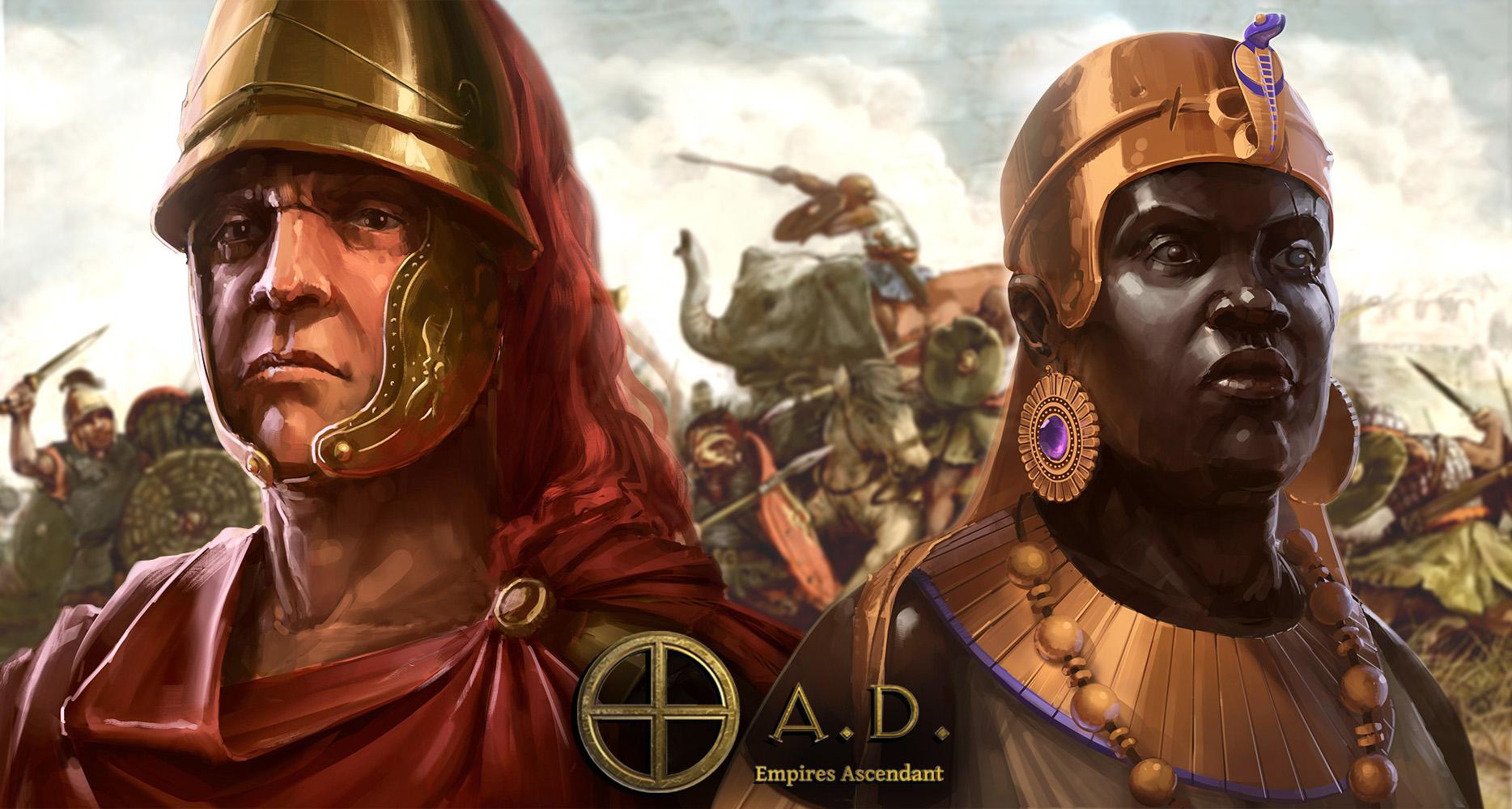
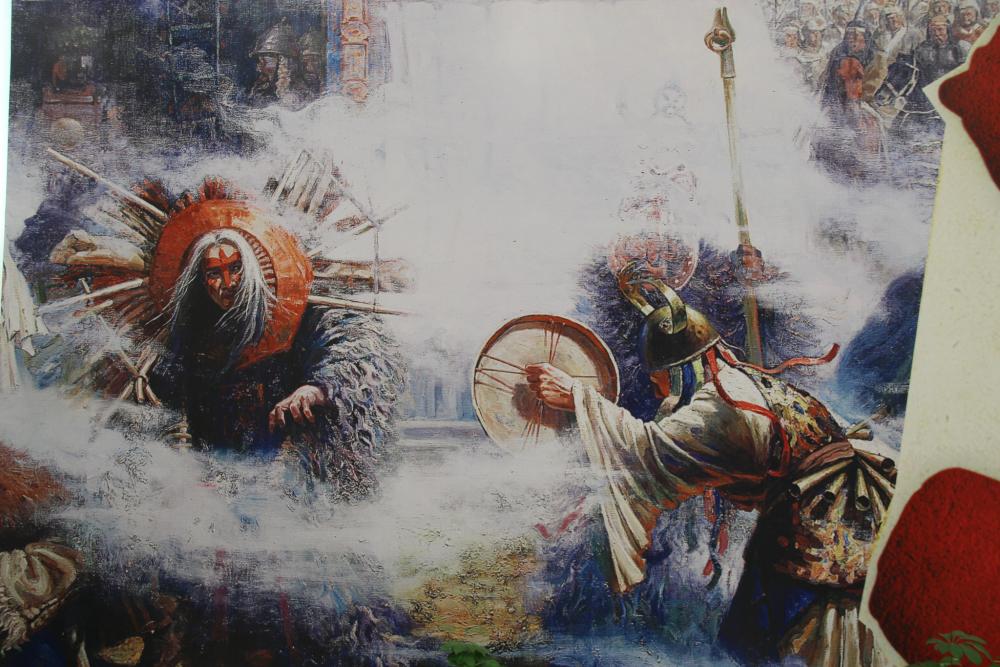
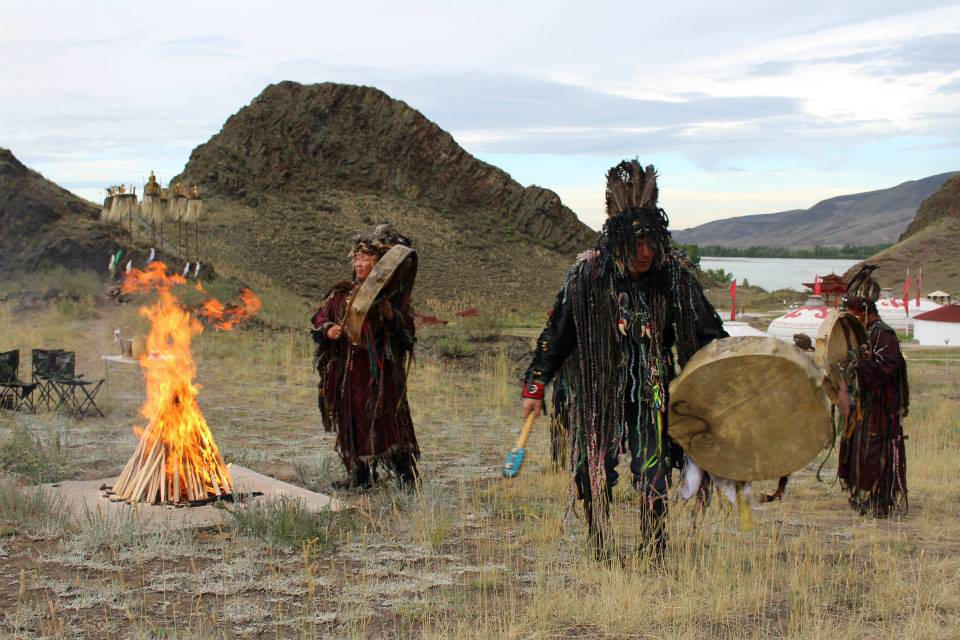
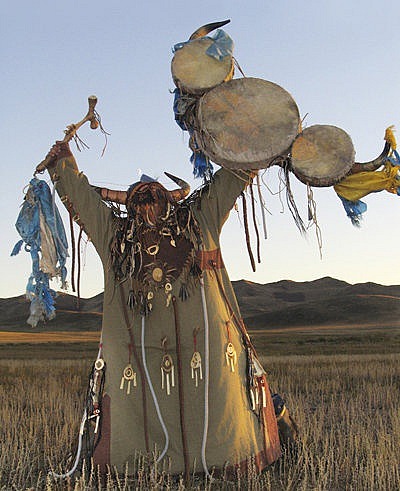
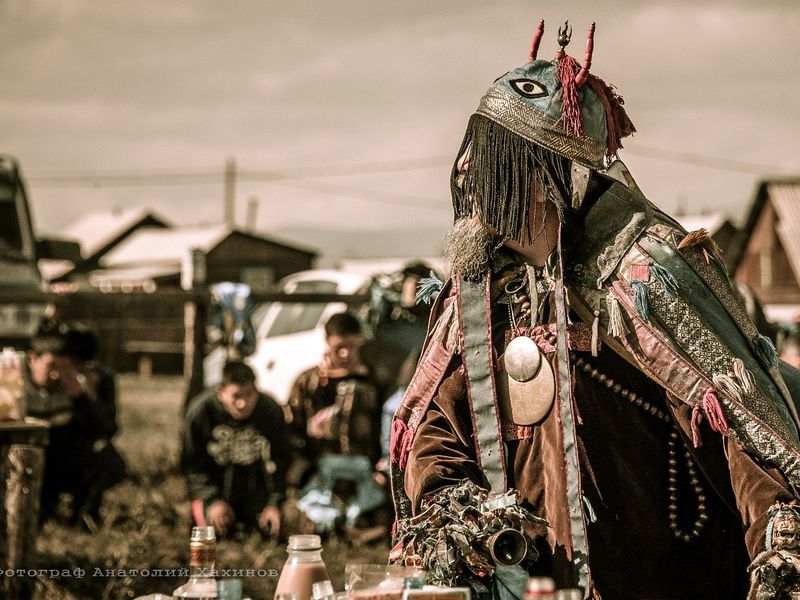
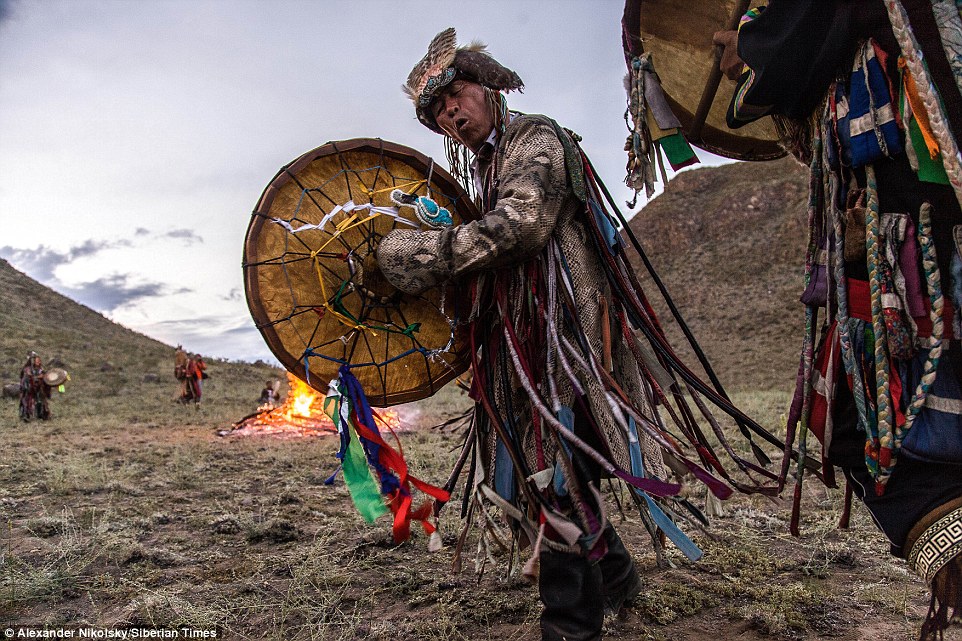
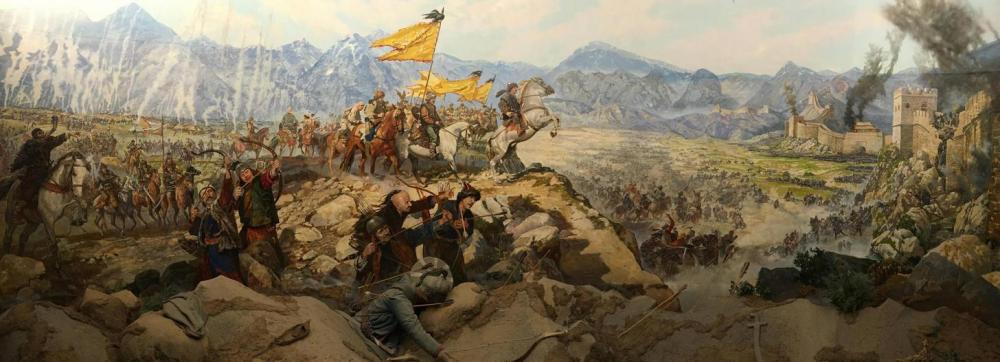
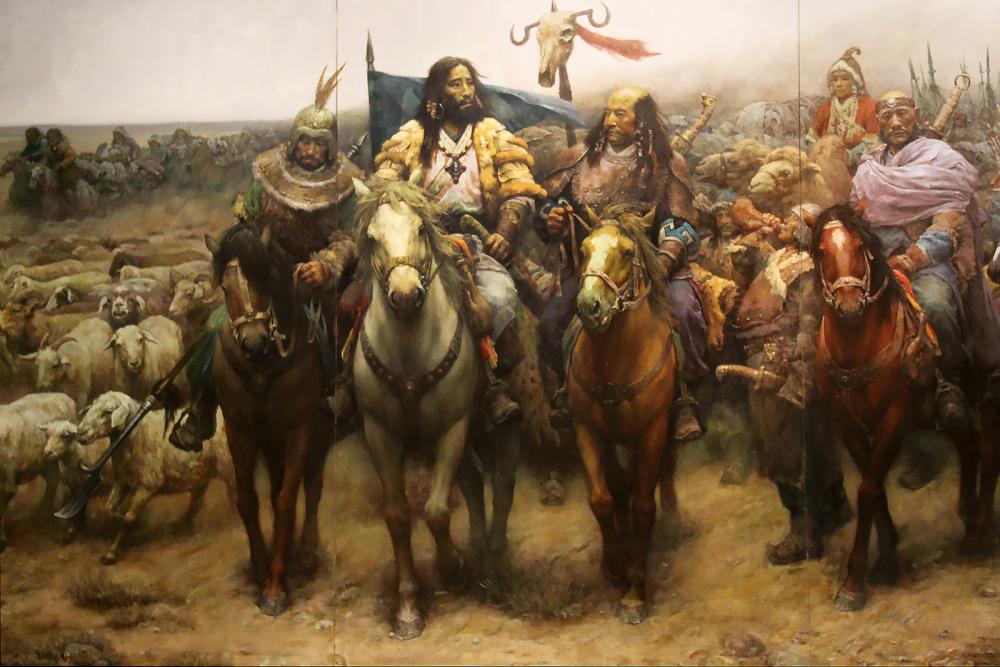
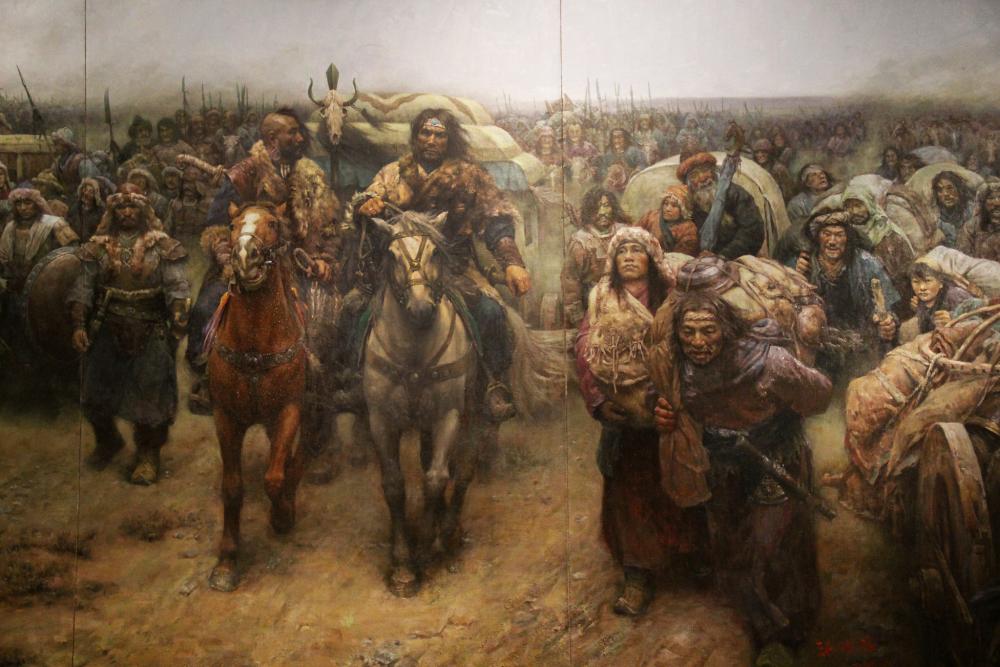
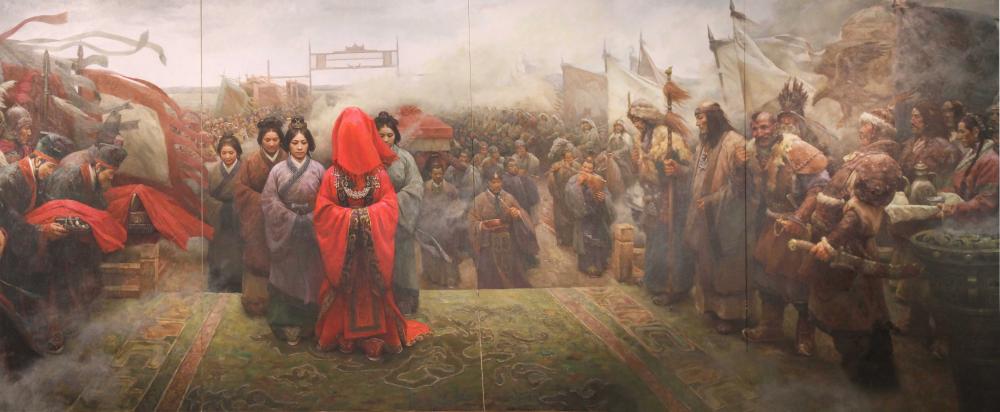
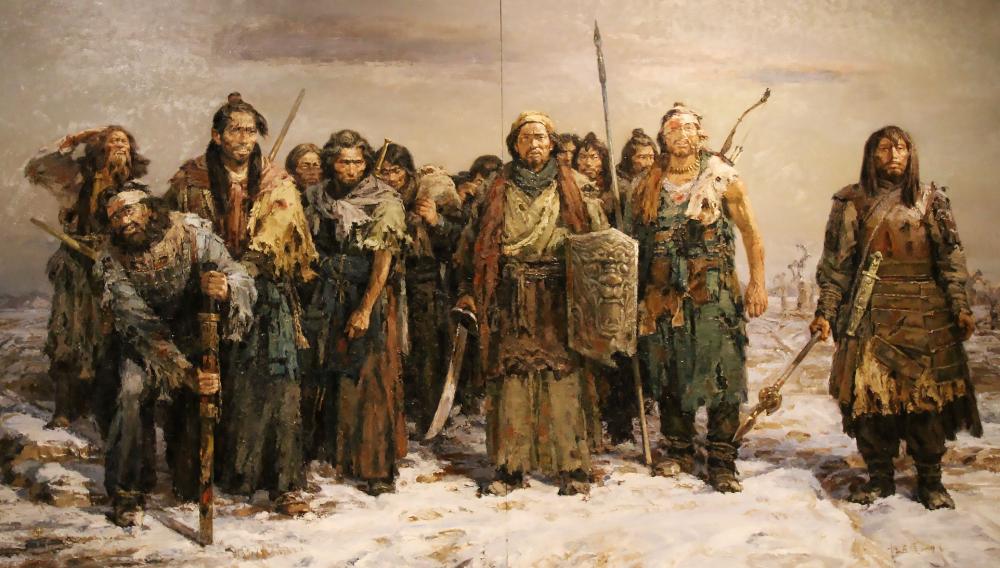
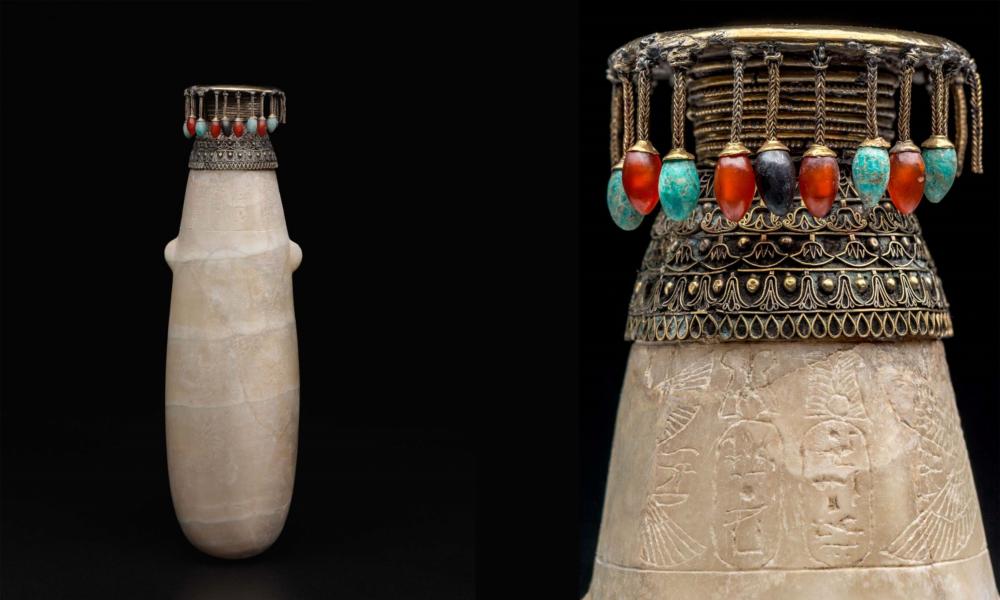
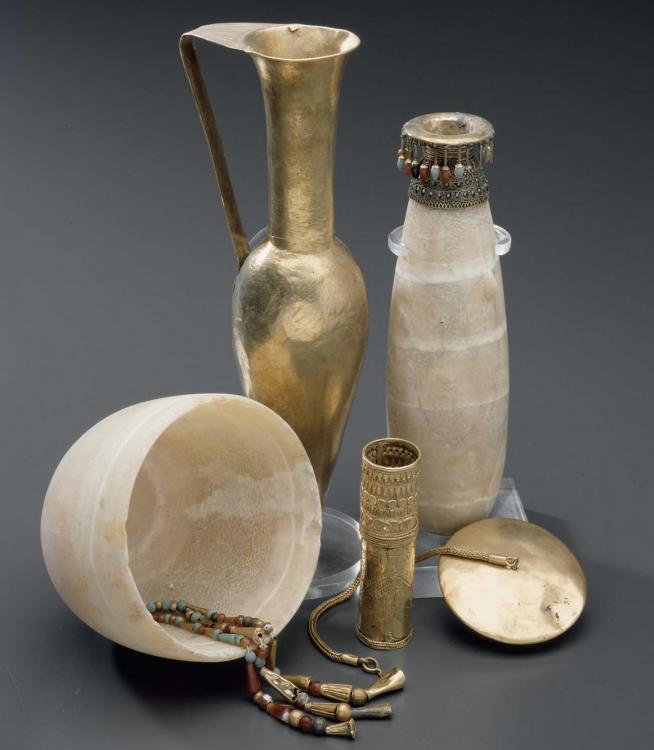
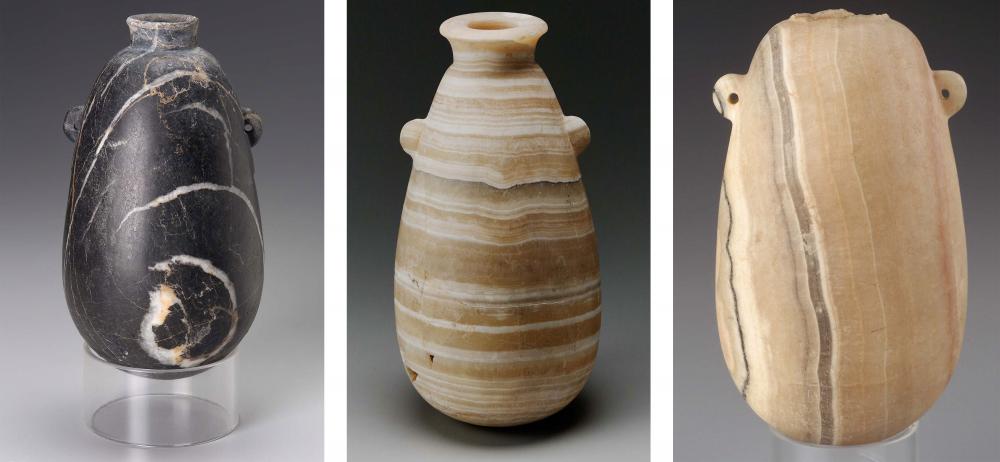
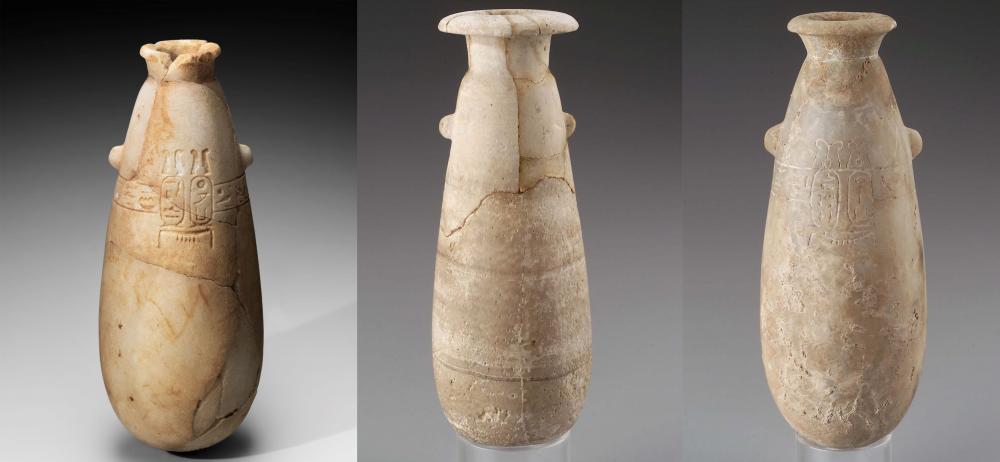
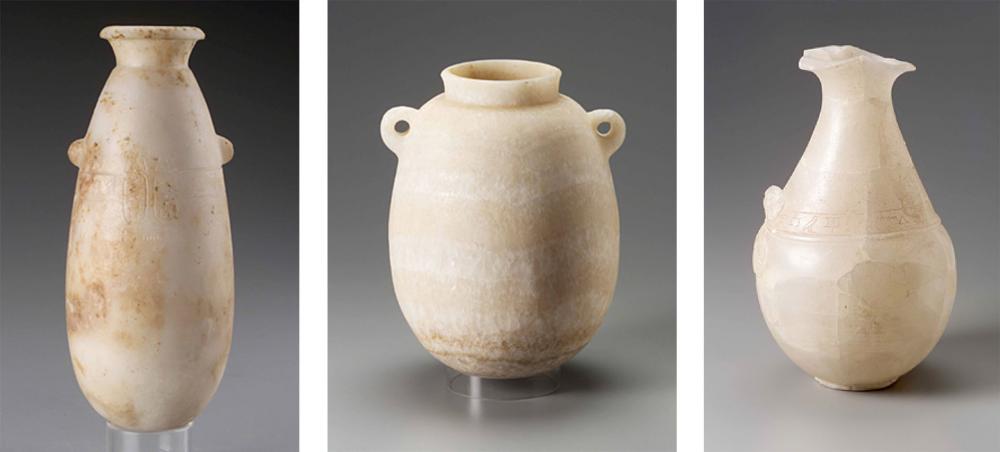
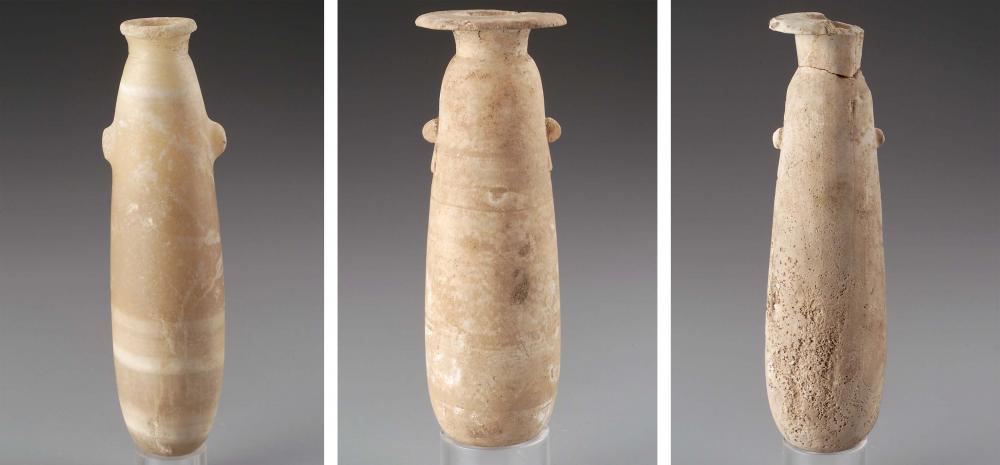
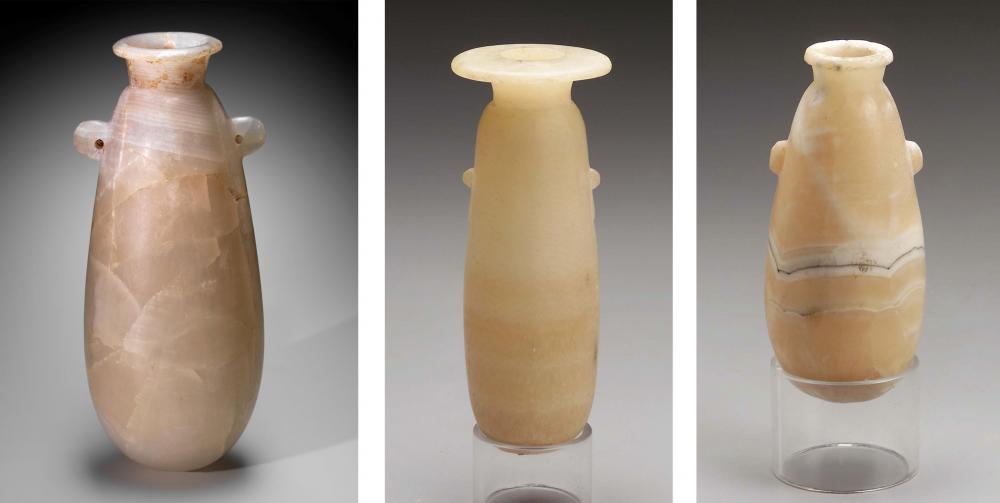
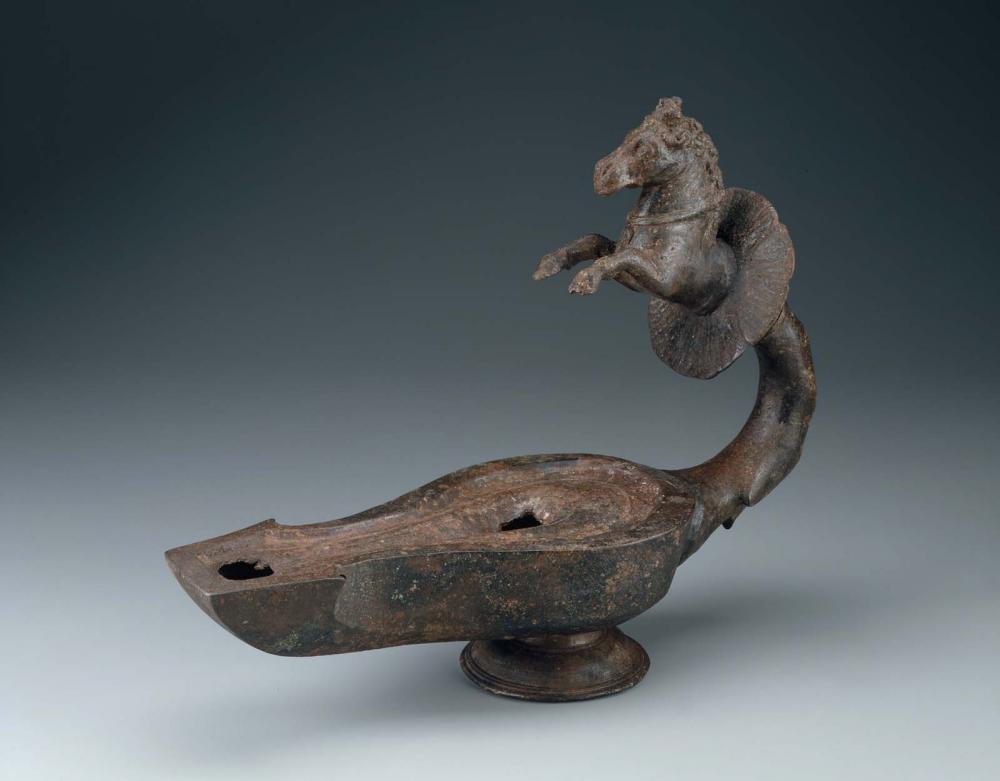
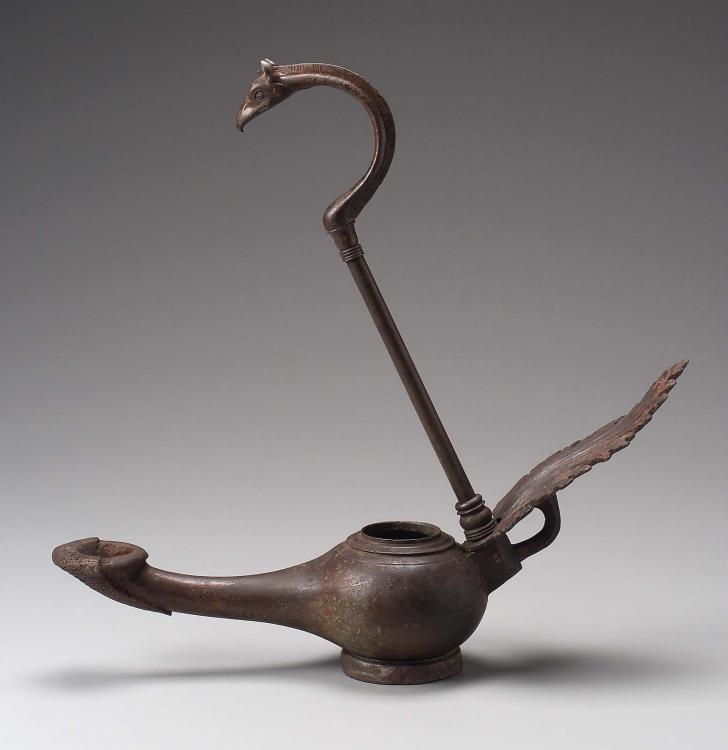
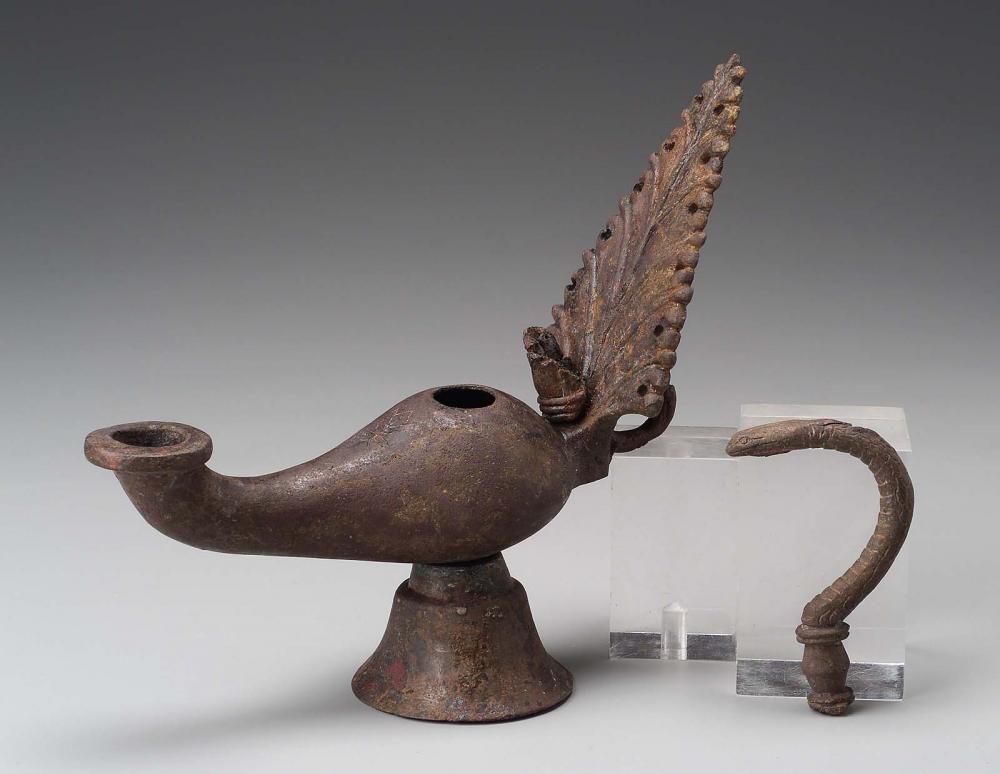
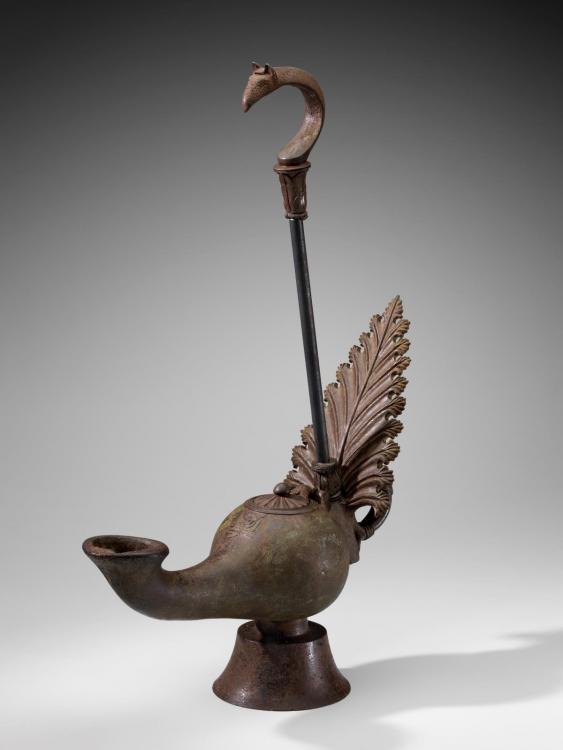
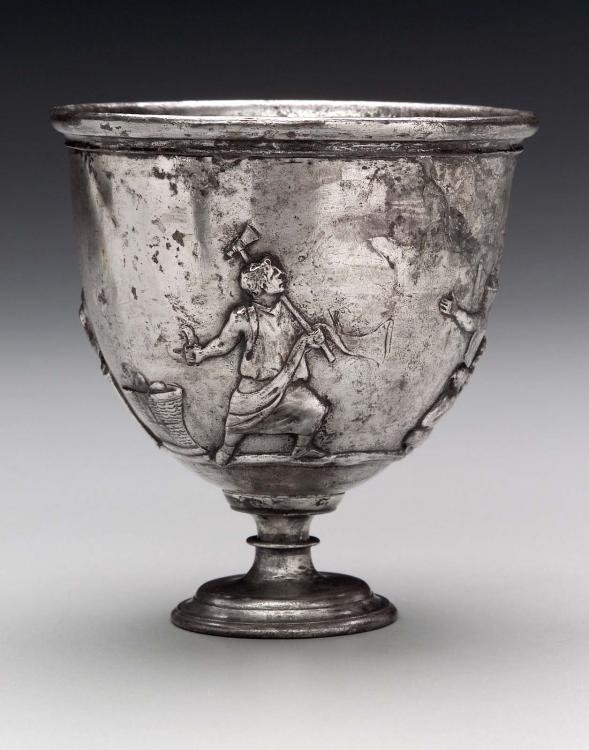
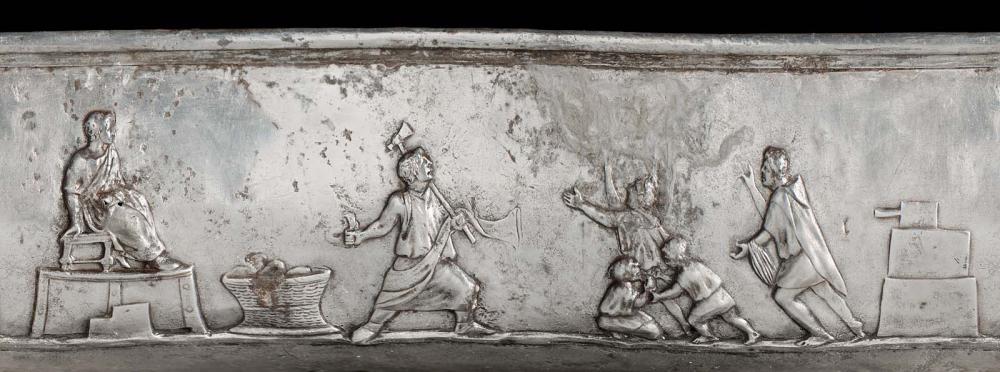
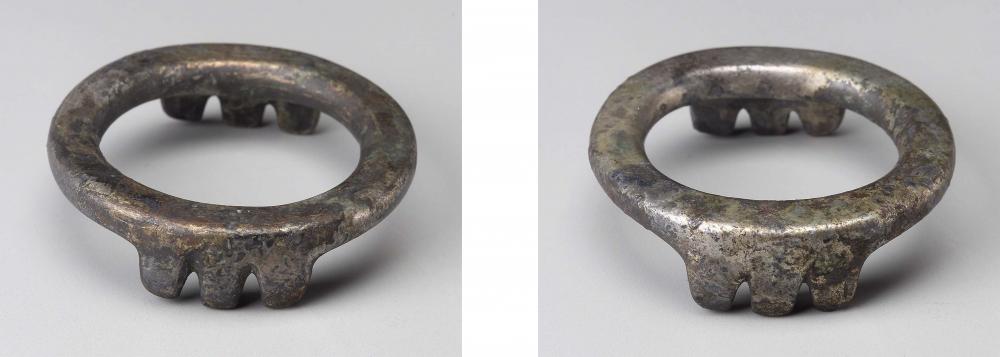
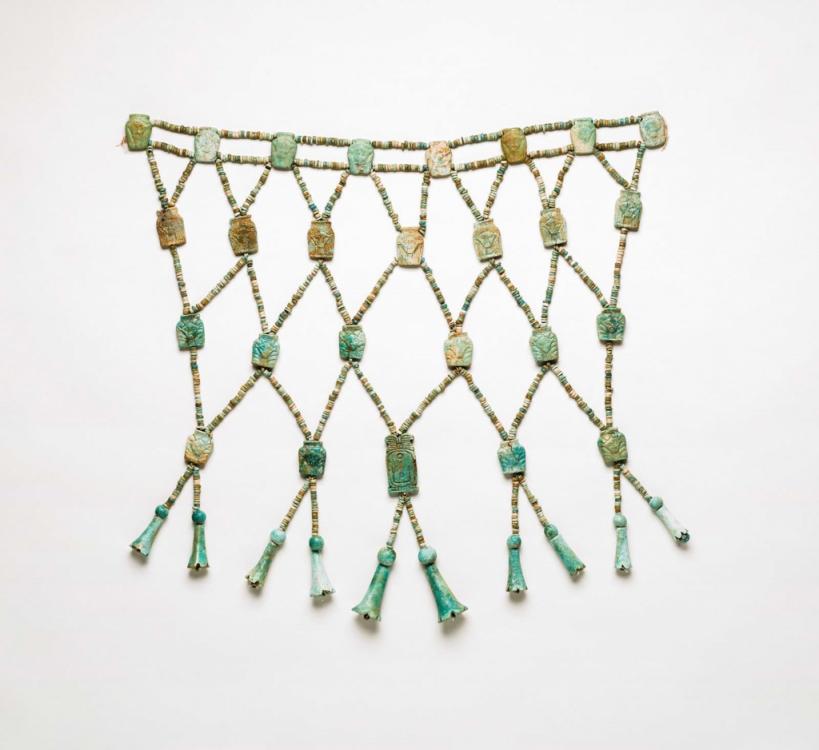
beadsfromhorsegraveelkurru.thumb.jpg.8b92e80ec502da4b4d97da93398ac900.jpg)
